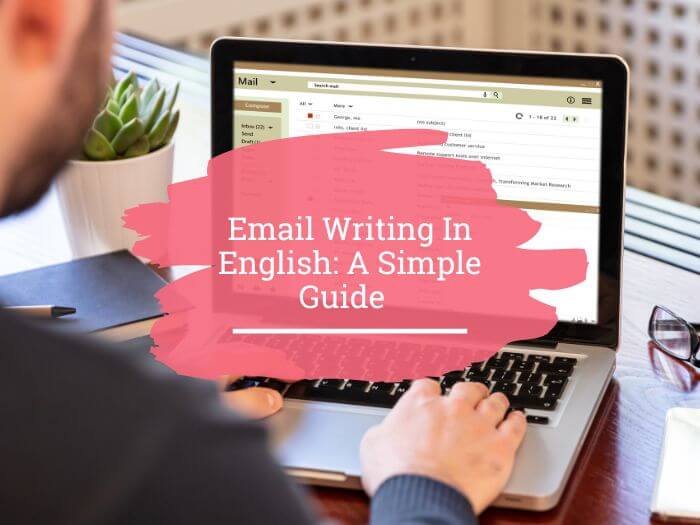Email writing in English is easier than you think.
There are some conventions and rules that you need to follow and a clear structure to put into place.
These are important.
Clear emails lead to clear communication and clear communication means less time wasted, better relationships with colleagues, employers, and clients. Clear email writing in English means a happier boss!
So let me show you how to write these formal and semi-formal work emails in English. Get ready to master email writing in English!
Table of Contents
Professional Email Examples
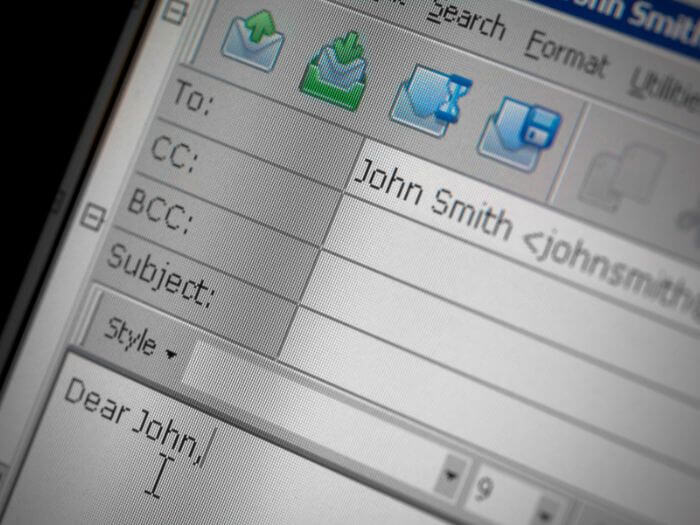
Let’s have a look at how to write a professional email.
But first some contextual info for you. Here’s the situation:
Jessica and I are colleagues. I’m based in the UK while Jessica works in Spain. We both work for an international computer company called Pear Inc. I need to meet her on a video call so we can discuss a new project we’ve recently been assigned.
This is the first time I’ve emailed Jessica. I’ve never seen her and have never worked with her before.
Here’s my email.
Dear Jessica,
I hope this email finds you well.
My name is Olly Richards and I will be working with you on the new project we have been assigned recently.
I am writing as I would like to schedule a meeting with you to discuss a potential plan of action.
Considering your busy schedule, I kindly request that you provide your availability for a video call on Zoom. I propose a few time slots for your convenience:
1. Monday 7th June at 3 pm UK time
2. Tuesday 8th June at 4 pm UK time
3. Wednesday 9th June at 10 am UK time.
If none of these options work for you, please suggest an alternative date and time that would be suitable. The meeting is expected to last approximately 45 minutes.
It would be great if you could let me know your preferred date and time by tomorrow evening. I will send out a calendar invitation with all the relevant details once I have received your response.
I look forward to your reply.
Kind regards,
Olly Richards
Analysis Of The Email
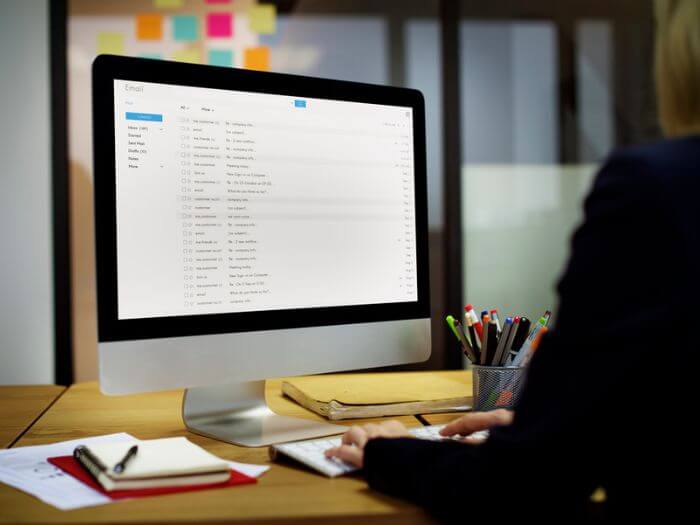
This is a formal email in English. I didn’t use contractions (I’ve, you’re etc.), emoticons 🙂 😉 :/ or informal expressions such as “sup bro!”, “How you doin?” or British slang like “cheers mate”.
These are more suitable for an email to a friend or a colleague I know very well.
But I don’t know Jessica so I want to approach her in the most polite and professional way. Our email conversation may become more friendly and informal once we get started working on the project. But, for now, I want to keep some distance.
That said, let’s now look at how I organised my text.
The great thing about email writing in English is that no matter what you need to say, all emails have the same structure.
Once you’ve learned how to structure one, you’ll have learned how to structure any email you need to write.
Email Writing Format Samples
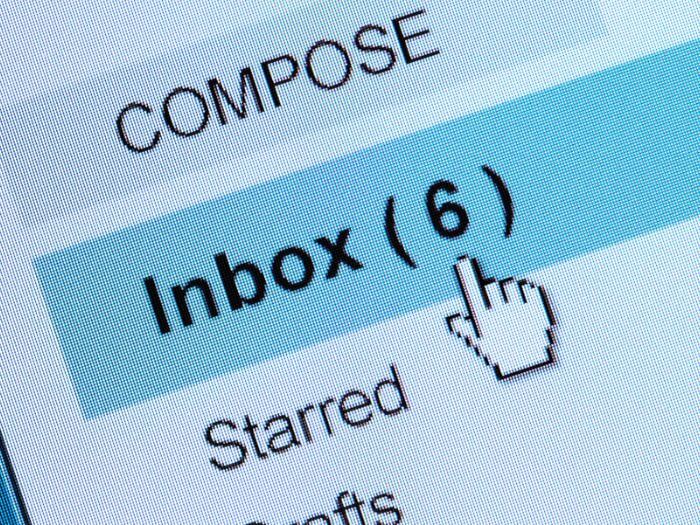
Generally, all emails in English are structured like this:
- Greeting
- Opening
- Body of the email
- Closing/Signing off
Greeting
Every email starts with a greeting followed by a comma (,).
So, in my email, I used Dear Jessica,
Opening
After the greeting, we need to open the email. What you write in the opening really depends on the relationship you have with the recipient and your reason for writing.
I started by saying this:
- I hope this email finds you well.
This is a polite and considerate way to start the conversation.
Then I introduced myself and stated my reason for writing.
This is essential.
You need to say why you’re writing right at the beginning of your email. Don’t make the mistake of stating this in the middle or – worse – in the end. Get clear right away. Why are you getting in touch with this person? Let them know immediately.
So here’s what I wrote:
My name is Olly Richards and I will be working with you on the new project we have been assigned recently. (Introducing myself)
I am writing as I would like to schedule a meeting with you to discuss a potential plan of action. (Why I’m reaching out to her)
Now Jessica knows who I am and why I’m emailing her today.
Then you write the body of the email.

Body
Here you need to be clear about what you want to say to your recipient. In my case, I wanted my email to:
- Ask Jessica when she’d be available for a video call.
- Propose some dates and times and let her know that I’m flexible about these.
- Let her know the duration of the meeting.
- Politely indicate a deadline by which she would have to send her response.
- Let her know when she’ll receive a calendar invitation from me.
So I wrote:
Considering your busy schedule, I kindly request you that you provide your availability for a video call on Zoom. I propose a few time slots for your convenience:
1. Monday 7th June at 3 pm UK time
2. Tuesday 8th June at 4 pm UK time
3. Wednesday 9th June at 10 am UK time.
(Ask her when she’d be available for a video call and propose some dates and times)
If none of these options work for you, please suggest an alternative date and time that would be suitable. (Let her know that I’m flexible about the dates and times I proposed.)
The meeting is expected to last approximately 45 minutes. (Let her know the duration of the meeting)
It would be great if you could let me know your preferred date and time by tomorrow evening. (Politely indicate a deadline by which she would have to reply to me)
I will send out a calendar invitation with all the relevant details once I have received your response. (Let her know when she’ll receive a calendar invitation)
Of course, the length and the content of the email will depend on the situation.
Let’s now look at the last bit of my email.
Closing
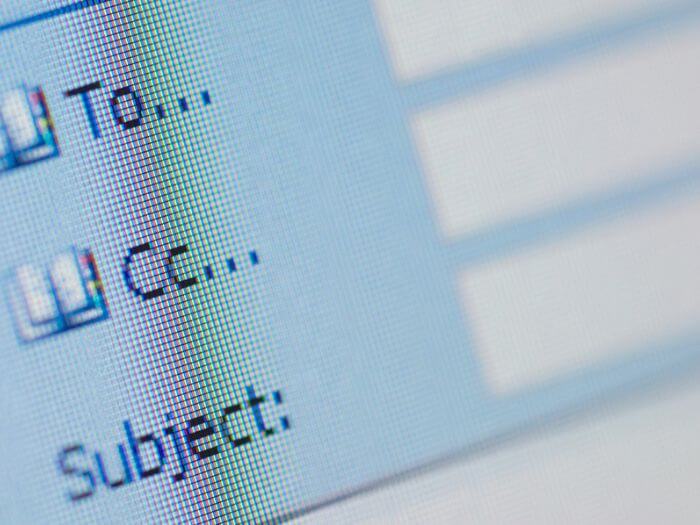
The closing is the part of the text where you indicate that the email ends. Here, again, you want to be polite and professional. By the way, if you're interested in learning more about using English at work, check out my post on professional English.
I simply wrote:
I look forward to your reply.
Kind regards,
Olly Richards.
Aaaand that’s all!
Clearly, not all emails are written in the same way. So you may now be wondering about what other phrases you can use for email writing in English.
Let’s learn these.
Typical Formal And Semi-Formal Email Phrases
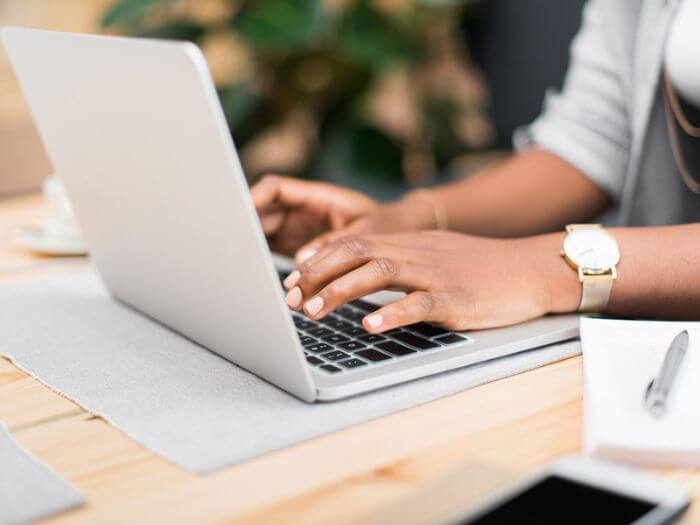
Greeting Phrases
- Dear [Name]: This is a standard greeting phrase that you can use in most formal or semi-formal business contexts.
- Hello / Hi [Name]: This is a friendly and less formal greeting that can be used in semi-formal emails. I would probably use this after Jessica replies to me.
- Good morning/afternoon/evening [Name]: These are commonly used in semi-formal emails. I wouldn’t use them when you’re getting in touch with someone for the first time but I would use them after a few exchanges.
- Dear Sir or Madam: There will be times when you don’t know the recipient’s name. Use this phrase in this case.
Opening Phrases
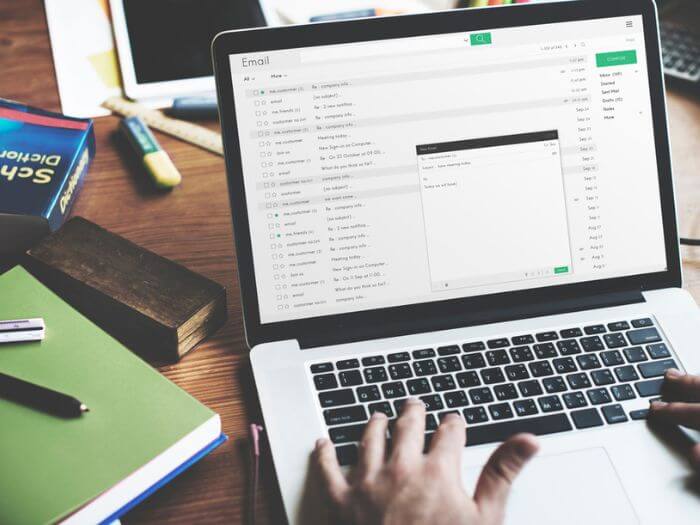
The following opening sentences can be used in most work emails according to what relationship you have with the recipient. Sometimes these can even be skipped.
- I hope all is well with you.
- I hope you had a nice weekend.
- I hope you’re having a good week.
- I hope you’re doing well.
Depending on who you’re writing to, you can also have a little bit of small talk if you’re writing to a colleague or someone you already know.
One example of this could be:
- I hope you had a nice weekend. Did you do anything interesting?
Small talk should be just like that: small!
Don’t start your email by giving all the details about everything you did at the weekend or how great or terrible your week has been so far. Remember that people are busy at work (most people at least).
In the opening, we said, you need to state the reason for writing. Here are some useful phrases for that:
- I am writing to inquire about…
- This email is to inform you that..
- I am reaching out to discuss…
- I wanted to inform you about…
- I am writing with regards to…
- The reason for this email is to…
- I am writing because…
- I regret to inform you that… (when giving bad news)
- I wanted to bring to your attention…
- I am writing to request information about…
- I am reaching out in order to…
- I am writing to let you know…
- I am delighted to tell you… (when giving good news)
Body Phrases
Here there are no set phrases really as it all depends on what you’re going to say. Instead of looking at phrases, let’s look at 3 full short emails.
Email 1: Sales Figures Request
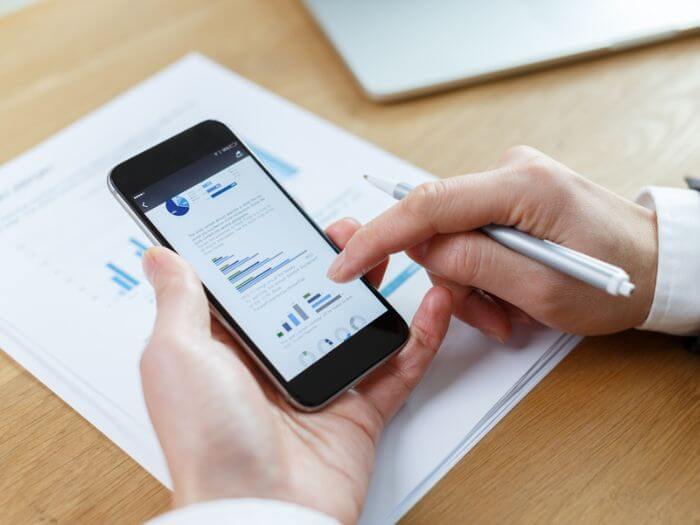
Subject: Request for updated sales figures
Dear Jessica,
I hope all is well.
I wanted to kindly request updated sales figures for the previous quarter. As we approach the end of the current reporting period, having the most recent sales data would assist us in our analysis and forecasting efforts.
If possible, could you please provide me with the sales figures broken down by product category and region? Additionally, if there have been any significant changes or updates in the sales landscape, it would be helpful to include that information as well.
Thank you in advance for your assistance. Please let me know if there are any questions or further details needed.
Best wishes,
Olly Richards
Email 2: Quote Request
Subject: Request for quote
Dear Paul,
My name is Olly Richards and I am the CEO of StoryLearning. I am interested in obtaining a quote for the new podcasting platform advertised on your website.
Could you please provide me with a detailed quote including itemized costs, any applicable discounts, delivery timelines, and relevant terms and conditions? I would greatly appreciate receiving the quote by the end of next week to allow us sufficient time for evaluation.
If there are any additional documents or specifications needed to complete the quote accurately, please let us know, and we will provide them promptly.
Thank you for considering our request. We look forward to reviewing your quote and potentially collaborating with you.
Please don't hesitate to reach out if you have any questions or require further information.
Best regards,
Olly Richards
Email 3: Invoice Received
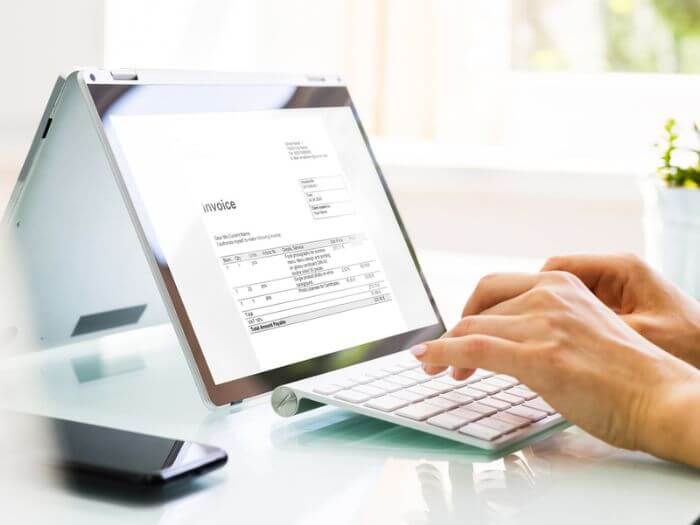
Subject: Invoice received and payment confirmation
Dear Sarah,
I am writing to confirm that we have received the invoice you sent yesterday.
Our accounting team is currently reviewing it, and we will be making the payment in the coming days. If there are any discrepancies or concerns, please let us know as soon as possible.
Thank you again, and we look forward to continuing our successful partnership.
Kind regards,
Olly Richards
So, as you can see, there are no fixed phrases that work in all situations.
However, you may find yourself sending the same type of email again and again. So it would be a great idea to create templates that you can use to save time.
Closing Phrases

The phrases you use in the closing depend on what you said in the body of the email.
Depending on the situation, you may:
- Thank the recipient
- Apologise for something
- Offer assistance or support
- Ask to confirm something
- Ask to take action on something
- Express confidence and enthusiasm
Here are some phrases for formal emails in English you might find useful.
Thanking The Recipient
- Thank you once again for your assistance and support.
- We sincerely appreciate your time and cooperation.
- We are grateful for your valuable contribution to this project.
- Thank you for your prompt attention to this matter.
- Your help is greatly appreciated.
Apologising
- Please accept our apologies.
- We sincerely regret any misunderstanding that may have occurred.
- We apologize for any delay in our response.
- I apologize for any inconvenience caused.
- My apologies for any inconvenience or confusion that may have arisen.
Offering Assistance Or Support
- Should you require any further assistance, please don't hesitate to reach out.
- If there is anything else I can do to help, please feel free to let me know.
- I am here to support you and address any questions or concerns you may have.
- Please do not hesitate to contact me if you need any additional support or information.
- I remain at your disposal for any further assistance you may require.
Asking To Confirm Something
- I kindly request your confirmation of the proposed arrangement.
- Please let me know if the proposed plan meets with your approval.
- I would appreciate it if you could confirm your agreement to the terms discussed.
- Your written confirmation of the agreed-upon terms would be highly appreciated.
Asking To Take Action On Something
- I kindly request your prompt attention to this matter.
- Please take the necessary steps to address this issue as soon as possible.
- I would appreciate it if you could take immediate action on the discussed points.
- Your timely response and action on this are highly appreciated.
- Kindly let me know your decision or next steps at your earliest convenience.
Expressing Confidence And Enthusiasm
- I am confident that this project will be a great success.
- I look forward to the opportunity to collaborate and achieve outstanding results together.
- With your expertise and dedication, I am excited about what we can accomplish.
- I am confident that our partnership will yield positive outcomes and mutual benefits.
- I anticipate the positive impact our collaboration will have on our respective organizations.
It’s now time to sign off your email.
You can use any of these (followed by a comma and your name):
- Best regards,
- Kind regards,
- Thank you,
- Many thanks,
- Warm regards,
- With appreciation,
- Best wishes,
- Warm wishes,
In semi-formal emails, you could use:
- Regards,
- Many thanks,
- Thanks,
- Thank you,
Don’t use informal ones. These include:
- Cheers,
- Take care,
- Best,
- Talk to you soon,
- Catch you later,
- Take it easy,
- Sending good vibes,
- Hugs,
- Stay in touch,
Email Writing In English At Work: Do’s And Don’ts
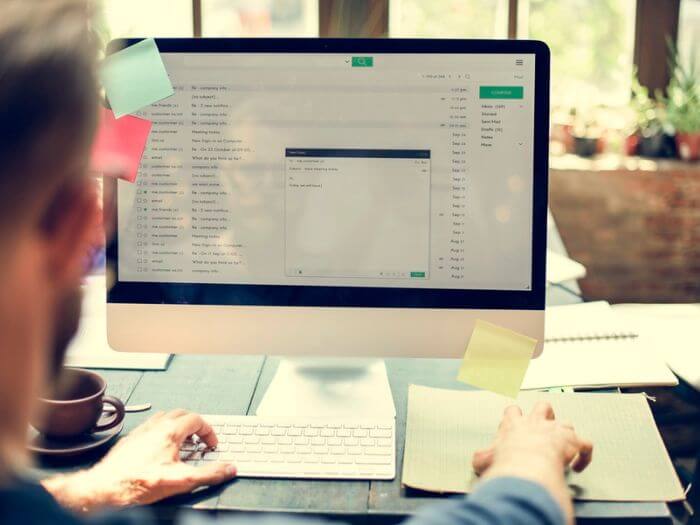
Do’s
- Be polite.
- Follow a clear structure (Greeting, Opening, Body, Closing)
- Create templates for the most common emails you write to save time.
- Have a clear reason for writing.
- State your reason at the beginning.
- Keep it clear to avoid misunderstanding.
Don’ts
- Don't use slang, exclamation marks (!!!), emoticons 🙂 or contractions. These are more suitable for informal emails.
- Don’t send long and wordy emails.
- Don't rush and send an email without reviewing it.
- Plan your email but don’t overthink.
Email Writing In English FAQ
What are the 4 types of email writing?
The four common types of email writing are: formal emails (e.g. job applications), informal emails (to friends), transactional emails (like confirmations), and marketing emails (such as newsletters). Each has a different tone and structure.
What is a good email example?
A good email includes a clear subject, proper greeting, concise content, and a polite closing. For example:
Subject: Meeting Request
Dear Mr Smith, I hope this email finds you well. I’d like to schedule a meeting to discuss the new project. Please let me know your availability.
Kind regards,
Jane Doe.
How do you start an email in English?
Start an email with a suitable greeting like “Dear Sir/Madam”, “Hi John”, or “Hello team”, depending on the formality. Follow it with a friendly opening sentence or your reason for writing.
How do I write email writing?
To write an effective email, start with a clear subject line, use a polite greeting, and keep your message brief and well-structured. End with a closing phrase like “Kind regards” and your name.
How To Master Email Writing In English
I hope you found this guide to email writing in English useful.
Are you ready to become the best email writer the world has ever seen? 🙂 Or at least a more clear and efficient one.
While there aren't many books in English or short stories in English about email (!), you can still apply the StoryLearning method to emails.
You'll become better at email writing in English by reading emails. As you read emails, you'll get used to the expressions used for email writing in English.
So pay attention to the next emails you receive in English. See if you can spot any of the examples from this post. And start using them to write emails in English yourself.

Olly Richards
Creator of the StoryLearning® Method
Olly Richards is a renowned polyglot and language learning expert with over 15 years of experience teaching millions through his innovative StoryLearning® method. He is the creator of StoryLearning, one of the world's largest language learning blogs with 500,000+ monthly readers.
Olly has authored 30+ language learning books and courses, including the bestselling "Short Stories" series published by Teach Yourself.
When not developing new teaching methods, Richards practices what he preaches—he speaks 8 languages fluently and continues learning new ones through his own methodology.
